Yao Women Rice Water Recipe: How to Make & Use It The Authentic Way

Let’s talk about rice water for hair. I’ve done some pretty extensive research to show you the real Yao women rice water recipe in this tutorial. I’ll be answering commonly asked questions, then showing you how to make and use the authentic Yao recipe.
I’ve gone the extra mile to go a little into the science behind it, so you can trust me, this tutorial has you covered!
Tools and materials:
- Rice
- Pomelo
- Water
- Essential oils
- Jar
The history of using rice water on hair
The first recorded use of this method was in the Heian period. Japanese women credited their long, healthy, floor-length hair to rinsing it with water leftover from washing rice.
There are still cultures that use this method toay—most notably the Red Yao women of China.
What does rice water do?
The Yao women say that rice water keeps their hair strong, shiny, long, and black. In their villages, even women as old as 80 don’t have any white hairs.
Rice water also reduces dandruff and scalp problems, and the starch in rice water helps heal damaged skin for people with dermatitis.
The hair benefits are due to the many nutrients in rice. One example of this is inositol: a carbohydrate contained in rice that is a hair-protecting ingredient.
How does rice water keep their hair from going gray?
Rice water maintains hair color due to the high amount of Vitamin B. This promotes the production of melanin, which is a key pigment to maintaining color. Of course, genetics play a part too.
What type of rice should you use to make rice water?
Go for either plain or sticky white rice. Don’t use brown rice, as it’s too rich in protein. Don’t use cooked or instant rice because it’s lower in nutrients.
Yao women rice water recipe
1. Rinse the rice
Rinsing the rice gets rid of any dirt and dust.
2. Wash the rice
Washing the rice is different from the initial rinse. The Yao women are really thorough, washing the rice between their hands to bring out all the rice’s properties.
3. Add pomelo and oils
After washing, the Yao women discard the rice and boil the remaining water with a few other ingredients. They make huge batches of this stuff, so the quantities are unclear, but I went with one cup of rice and four cups of water.
If you’re worried about the amount of protein, try diluting it with more water. Of course, fresh spring water would be the best choice but filtered or distilled water will be better than tap water.
Some families add their own secret ingredients, such as pomelo peel. If you can’t get pomelo, you could use grapefruit, which is very similar. I used all the peel from one whole grapefruit.
The Yao women also add herbs and certain oils, such as mashed-up remnants of tea plant seeds, which are used to make cooking oil. I imagine that essential or herbal oils would work similarly, so I used lavender oil.
4. Boil the rice water
Next, the Yao women boil it. It’s unclear how long they boil it for, so I’m assuming just for around 10-15 minutes.
After the mixture is boiled, it's stored and fermented before use.
Some recipes instruct to soak the rice in the water for a few hours, but I’m pretty sure this is useless. You need to ferment it for maximum effect. This lowers the pH, which can help close the hair cuticles.
How long do you ferment rice water for?
Most say leave it for 24 hours and if it is left any longer than 2-3 days, it will go bad. The Yao women say they ferment their rice water for two weeks to one month! So, for time’s sake, I left mine for one week.
5. Use the rice water
The Yao women use just this mixture alone to wash their hair. This probably won’t work the same for those of us who are used to using products. Most people use rice water after shampooing and conditioning, but I thought I’d try it the traditional way.
The Yao women apply the rice water with their head over a bucket, so I did this too. You want to saturate all of your hair and your scalp, and massage it in. Once done, squeeze out the excess, and now you need to leave it in.
How long should you leave rice water on your hair?
The Yao women leave the rice water in for 20-30 minutes. Then, they rinse it out in fresh spring river water, which they credit as playing a big part in the health of their hair.
Rice water needs to be rinsed out because too much protein can lead to protein overload, which results in brittle hair and breakage. The Yao women wash their hair this way every 2-3 days, but I’d strongly suggest using this method sparingly.
You have to keep in mind that the cultures that use this method have become accustomed to it. Their hair type is unique to their ethnicity, so the method may not work the same on other hair types.
Yao women rice water recipe tutorial
Now my hair has completely air-dried, I can give you the verdict. The rice water isn’t shampoo, so my hair is still pretty greasy, but I will say that my hair is really easy to detangle. It has quite a lot of slip to it, and it’s really easy for me to run my fingers through and brush.
I hope you enjoyed this Yao women rice water recipe! It was an interesting experiment to try out the rice water rinse the traditional way. Let me know if you've tried using rice water on your hair or if you plan to try it in the future!
Enjoyed the project?
The author may collect a small share of sales from the links on this page.
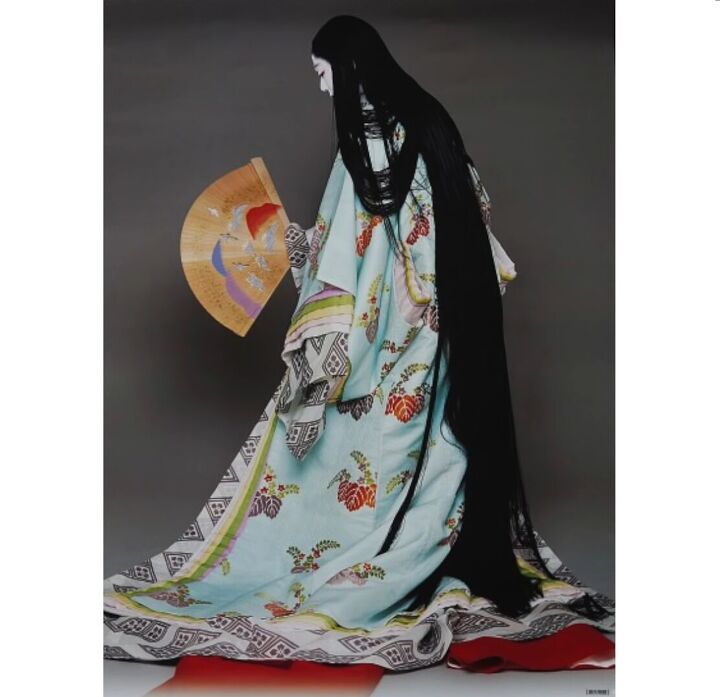

















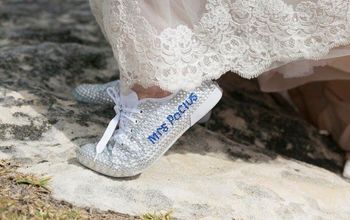
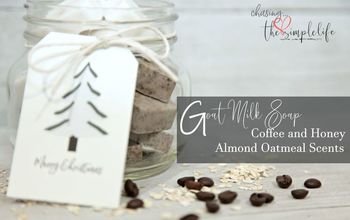
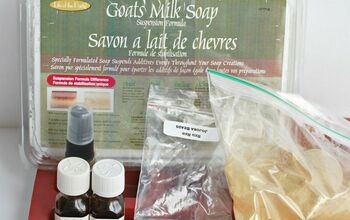
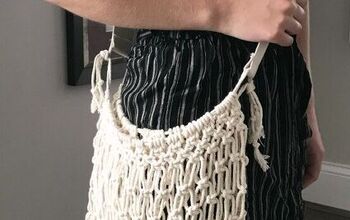


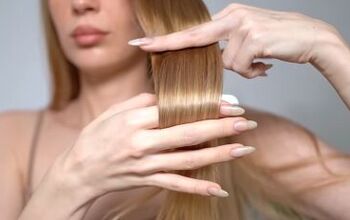
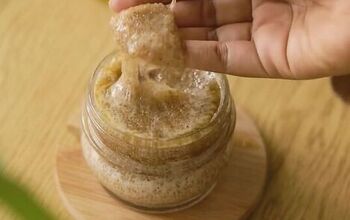
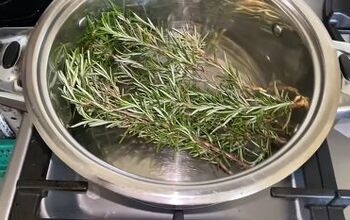
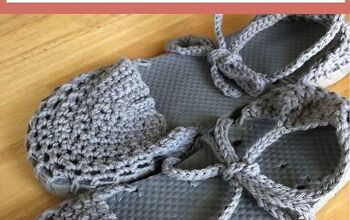
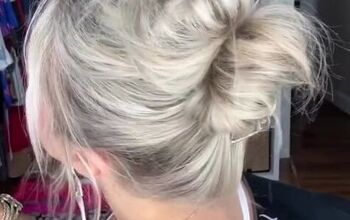

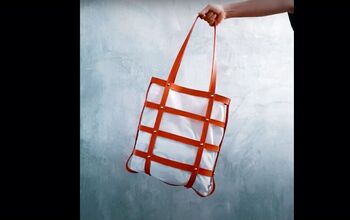

Comments
Join the conversation
This is something that I will definitely try!
Where do you get Pomelo????